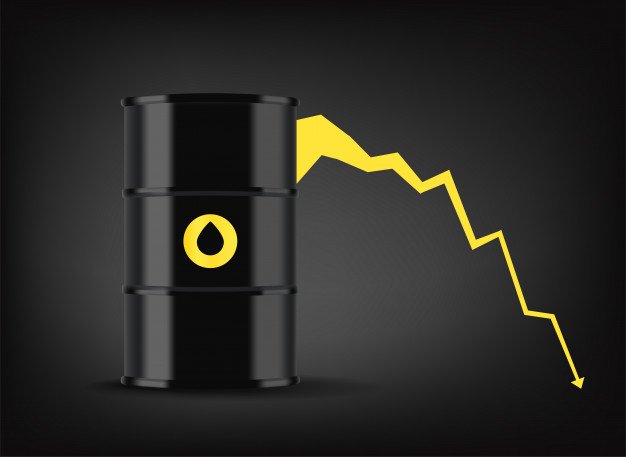The US President’s positive test for COVID-19 made risky assets nervous and caused sales in stock markets around the world. Oil prices fell more than 4% on Friday, with soaring global crude oil production, weak recovery in market and demand, and had to report a second weekly drop.
Brent and WTI crude oil each recorded a second week of losses. A series of negativities, such as the health of the US president, the weak unemployment report, and the growing supply of the world’s leading oil producers, are heightening tensions.
The COVID-19 pandemic has become an indisputable concern that it weighs more on the oil market than any other asset class. This week, 1 million deaths marked a brutal milestone, and many countries are tightening restrictions and restrictions are planned as a precautionary measure as infections accelerate.
Brent crude LCOc1 was down $1.66, or 4.1%, at $39.27 a barrel. Brent was down 7% on the week. U.S. oil CLc1 settled down $1.67, or 4.3% at $37.05 a barrel, an 8% drop on the week. Both benchmarks were down for a second consecutive week.
Increasing supply also put pressure on the market. US energy companies increased the number of oil and gas rigs in the last week. The increase has been continuing for the third week in a row, and this is because the price increase in recent months has encouraged some producers.
According to a survey, the Organization of Petroleum Exporting Countries (OPEC) showed that crude oil supply increased by 160,000 barrels per day in September from a month ago. The increase is mainly a result of increased supply from Libya and Iran. Libya and Iraq are OPEC members who are exempt from the supply agreement between OPEC members and their Russia-led allies, known as OPEC +.
Libya’s production increased to 270,000 barrels a day, faster than analysts had expected after its blockade was eased.
Concerns remain regarding the ongoing negotiations on an additional stimulus package to boost economic demand.

